About
Atrial Fibrillation
Atrial Fibrillation (AFib) is common, with a 1 in 4 lifetime risk after age 40. AFib symptoms include fatigue, dizziness, activity intolerance, shortness of breath, and inability to perform activities of daily living. The stagnation of blood increases the risk of thromboembolism and stroke.
A recent estimate found the number of individuals with AFib was over 33 million and is on the rise. Future projections predict at least five million new cases annually worldwide, with the prevalence in the US cases expected to reach up to 6.7 million by 2050.
AFib management is not a one-size-fits-all approach, and healthcare providers need to be informed to follow guideline-recommended treatments for patients with AFib.
Resources
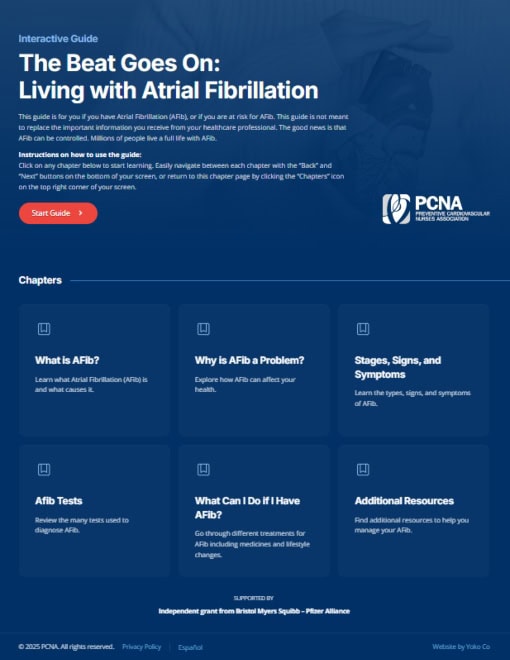
Online Interactive Guides
The Beat Goes On: Living with Atrial Fibrillation Online Interactive Patient Guide
July 30, 2025
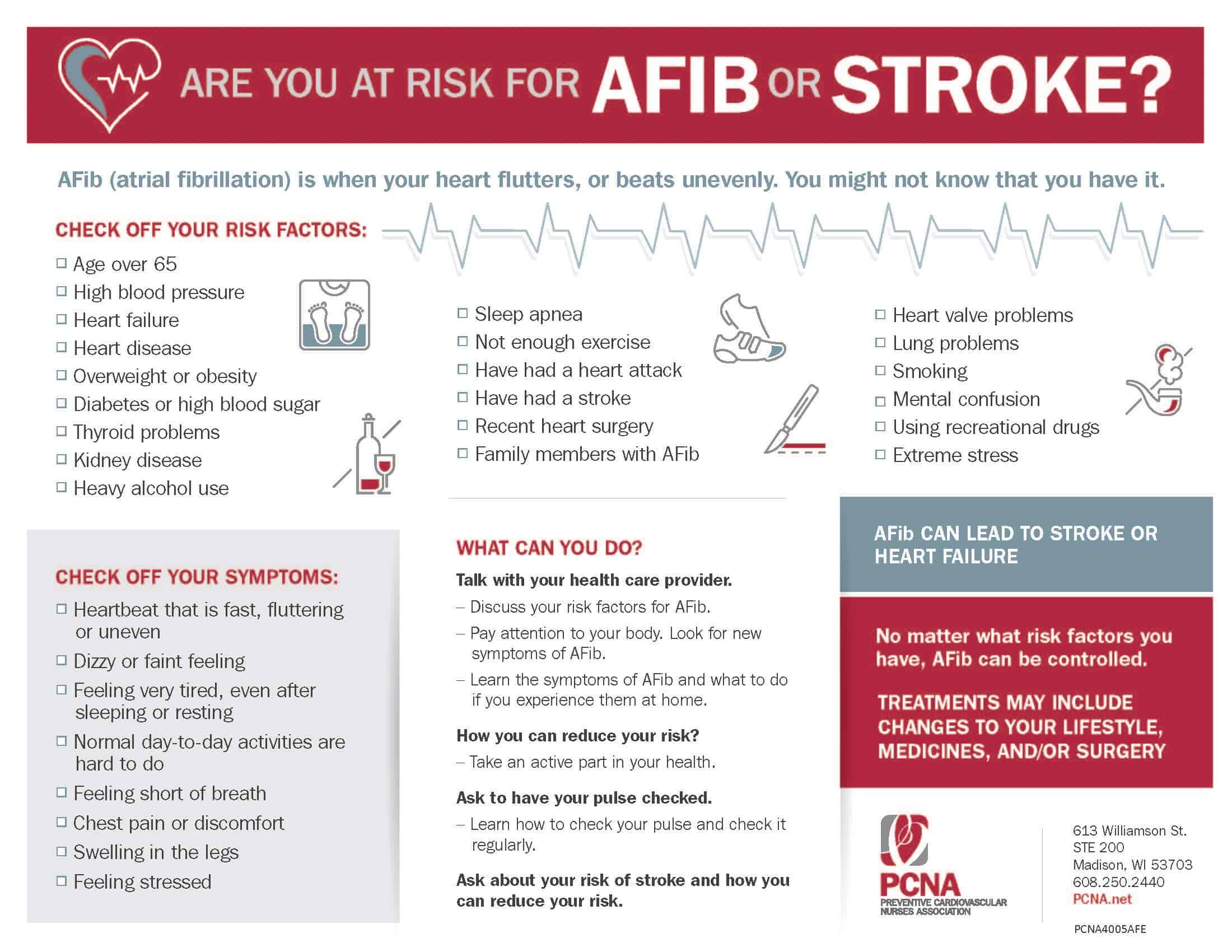
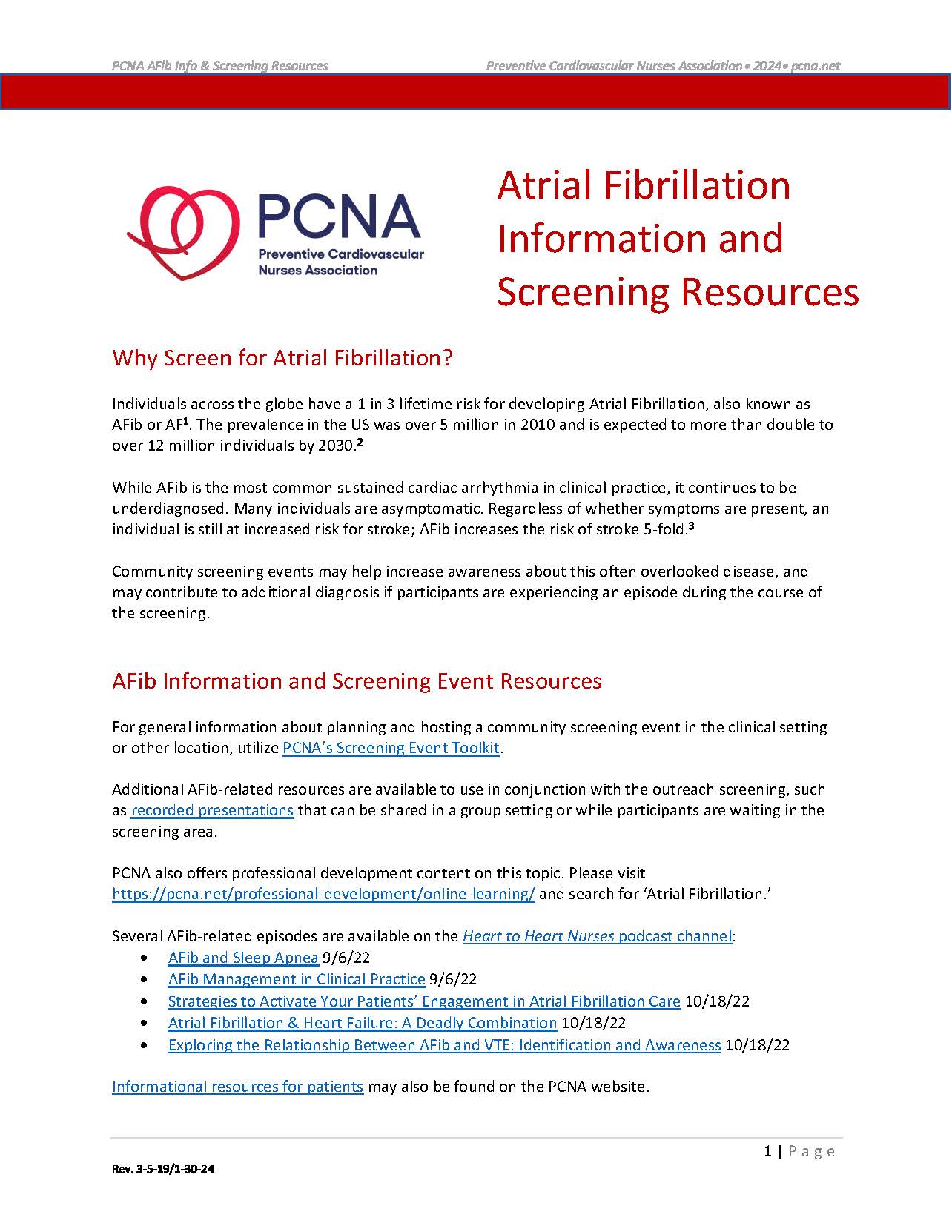
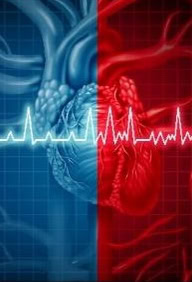
- « Previous
- 1
- 2
Courses
0.65 CE contact hours
0.4 Pharmacology contact hours
Free
0.75 CE contact hours
0.75 Pharmacology contact hours
0 CE contact hours
0 Pharmacology contact hours
News
8 Smart Mobile Apps and Gadgets for Heart Health
April 15, 2025
New Style of Patient Education Tool
January 01, 2025
Podcast Episodes
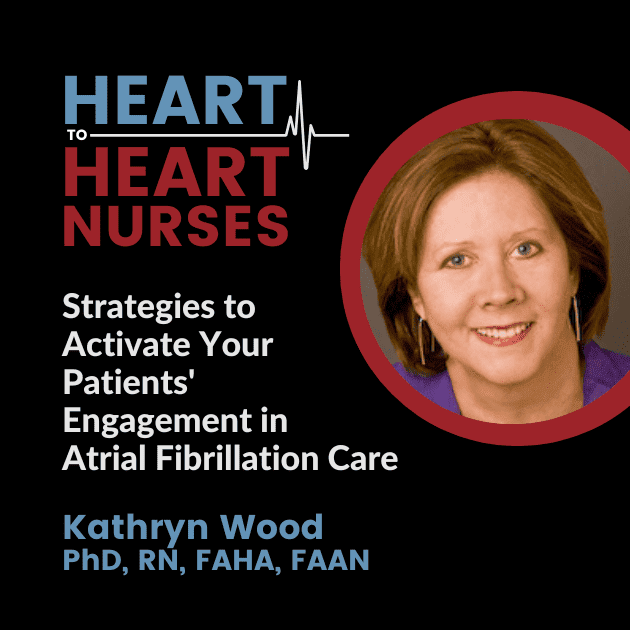
Atrial Fibrillation, Lifestyle and Behavior Change
Strategies to Activate Your Patients’ Engagement in Atrial Fibrillation Care
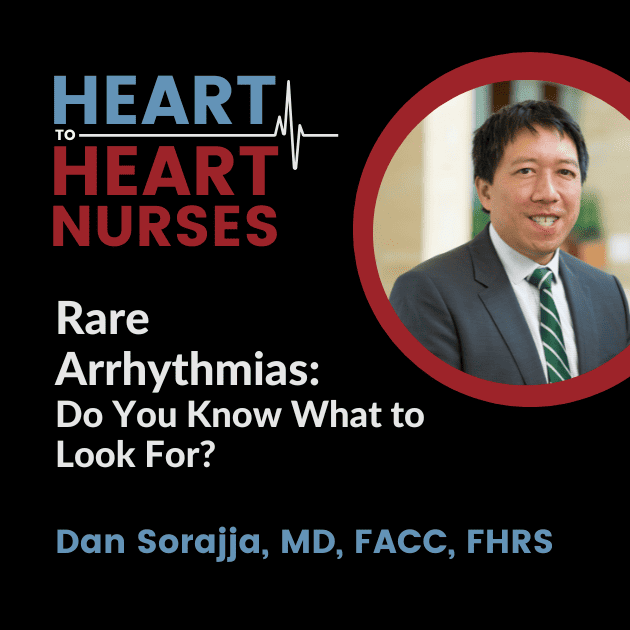
Atrial Fibrillation, Diagnostics and Devices, Stroke
Rare Arrhythmias: Do You Know What to Look For?
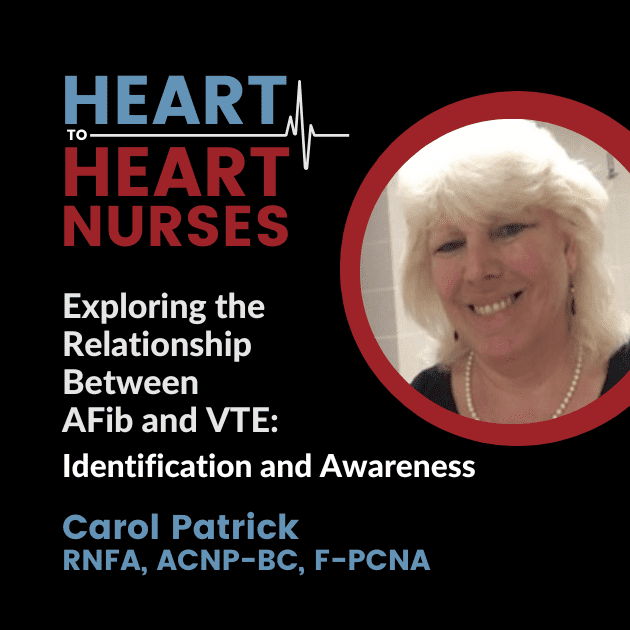
Atrial Fibrillation, Venous Thromboembolism (VTE)





